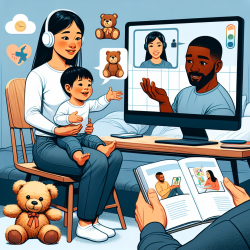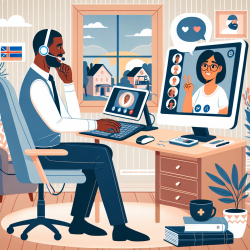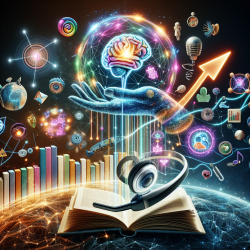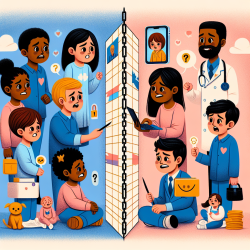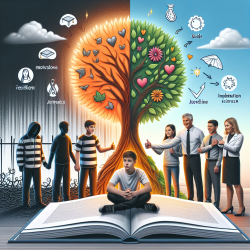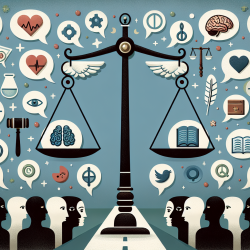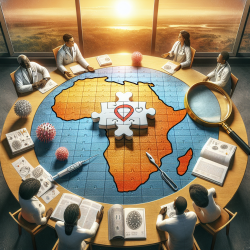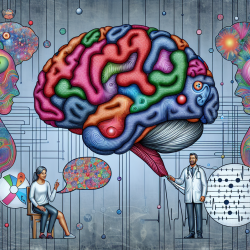Unlocking New Possibilities: The Intersection of BioArt and Education
In the ever-evolving landscape of education, the integration of art and science has emerged as a powerful tool for fostering creativity and critical thinking. A recent research article, "Thinking ‘The End of Times’: The Significance of Bioart|BioArt for Art|Education," explores the potential of BioArt to revolutionize art education. This blog delves into how practitioners can harness the insights from this research to enhance their skills and inspire students.
Understanding BioArt
BioArt is an innovative form of art that combines biological processes with artistic expression. Unlike traditional art forms, BioArt uses living organisms as its medium, creating a dynamic intersection between art, science, and technology. The research highlights the distinction between bioart and BioArt, with the latter being more politically charged and focused on intervening in the dominant discourse of bioengineering.
Implications for Art Education
BioArt offers a unique opportunity for art educators to engage students in meaningful discussions about ethics, technology, and the environment. By incorporating BioArt into the curriculum, educators can:
- Encourage critical thinking by exploring ethical and political questions related to bioengineering.
- Foster creativity by challenging students to think beyond traditional artistic mediums.
- Promote interdisciplinary learning by integrating science and technology into art education.
Practical Applications
For practitioners looking to implement BioArt in their teaching, consider the following strategies:
- Introduce students to pioneering BioArtists like Eduardo Kac and Natalie Jeremijenko, whose work challenges the boundaries between art and science.
- Facilitate hands-on projects that allow students to experiment with biological materials and processes.
- Organize discussions and debates on the ethical implications of bioengineering and its impact on society.
Encouraging Further Research
The research underscores the importance of ongoing exploration in the field of BioArt. Practitioners are encouraged to stay informed about the latest developments and consider collaborating with scientists and technologists to expand their understanding of this innovative art form.
By embracing the potential of BioArt, educators can create a more engaging and thought-provoking learning environment that prepares students for the challenges of the future.
To read the original research paper, please follow this link: Thinking ‘The End of Times’: The Significance of Bioart|BioArt for Art|Education.



